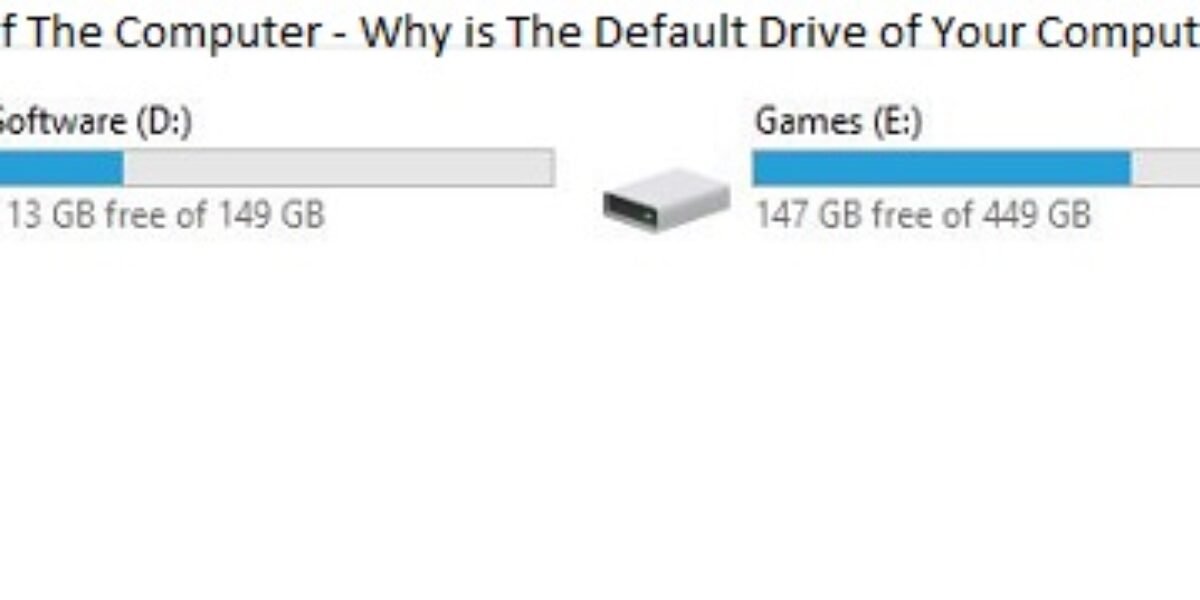The Default Drive Of The Computer – Why is The Default Drive of Your Computer “C” Instead of A or B?
The Default Drive Of The Computer – Why is The Default Drive of Your Computer “C” Instead of A or B?
Post Outline
The default drive may vary depending on the computer manufacturer and configuration. Some computers may have multiple drives installed, with different drive letters assigned to each one. In addition to the primary drive, there may be secondary hard drives or SSDs, external hard drives, or network drives that can be used for additional storage.
When Should I Use The Default Drive Of The Computer?
In addition, you should use the default drive for storing system files and documents that you want to access quickly, as this drive is typically faster than other storage options, such as external hard drives or network drives.
However, it’s important to note that the default drive may not always be the best option for storing large files or data you don’t need to access frequently. You may consider using a secondary or external hard drive for additional storage space in these cases. It’s also a good idea to regularly back up your data to an external drive or cloud storage service to protect against data loss in case of hardware failure or other issues with your computer.
Ever Wondered Why “C” Is The Default Local Drive Of Your Computer Instead Of A Or B?
A time came when owning a computer was an expensive luxury few people could afford.
Today’s number of computer owners is significantly higher than the inventors had anticipated, but why not? It is currently the most significant machine. Anyone who claims that a computer is an indispensable component of a person today is not surprising, given the state of the tech world.
Even if you’ve been using a computer for a while, there are probably still a lot of things you don’t know. Here is a question for you if you frequently use the computer. Have you ever wondered why the first disk drives start from “C”?
Where have they gone to?
Answer to the question:
Since 1980, hard disk drives have become commonplace. Floppy disk drives were the storage devices of choice before hard disk drives. Initial storage devices were floppy disk drives. They have existed since the 1960s.
The two sizes of floppy disks were 5 1/4″ and 3 1/2″. They had the labels Local Disk (A) and Local Disk on their floppy disk drives (B). An 8-inch floppy disk was developed after the hard disk was created. Floppy disks have been replaced by Floppy disk drives, which also disappeared over time.
This is the rationale behind hard drive labelling. Drives other than the default drive (C) are therefore designated as D, E, etc. The labels for DVD drives and USB drives are F, G, and so forth. Although the “C” drive is the default, you can change it to A or B if you have administrative rights.
